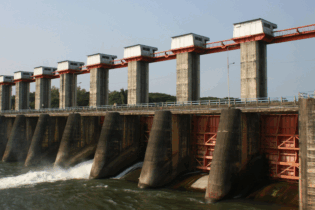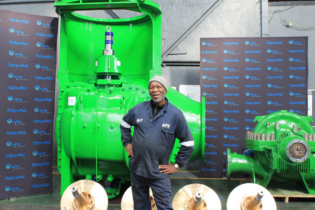The City of Cape Town has shown sustained growth since 2003 highlighting its resilience in the face of the recession.
However, while the city’s economy is growing faster than any other city in South Africa, crime, unemployment and inequality are still prevalent and pose considerable challenges to the city’s sustainability, says the State of Cape Town 2014 report. One of the contributors to the Professor Edgar Pieterse says, “The global trend towards urbanisation offers opportunities for innovation.” He adds that the city needs to “democratise” access to the information, such as that contained in the State of Cape Town report, to grapple with its myriad challenges. According to the report, Cape Town has the highest overall crime rate for 2012/13 – 8 514 per 100 000 people were affected. Alarmingly this figure is more than double the national crime rate. Also figures pertaining to drug-related crime increased by more than 400% in the nine-year review period from 2003/4 to 2012/13.The report also states that the growth of employment between 2005 and 2013 could not keep up with the number of new entrants to the labour market and the unemployment rate increased from 19,2% to 24,9%.
About 90% of non-residential development has taken place in Cape Town’s 59 commercial districts since 2005 and most of the new office developments have been concentrated at Century City, Tyger Valley, Salt River and the CBD. Interestingly the report found that 35% of new arrivals to the city stemmed from the Eastern Cape. “Urban growth has implications for the municipality’s capacity to provide new infrastructure and services,” the reported noted. It also highlighted the marked increase in the number of informal settlements over the past decade.







